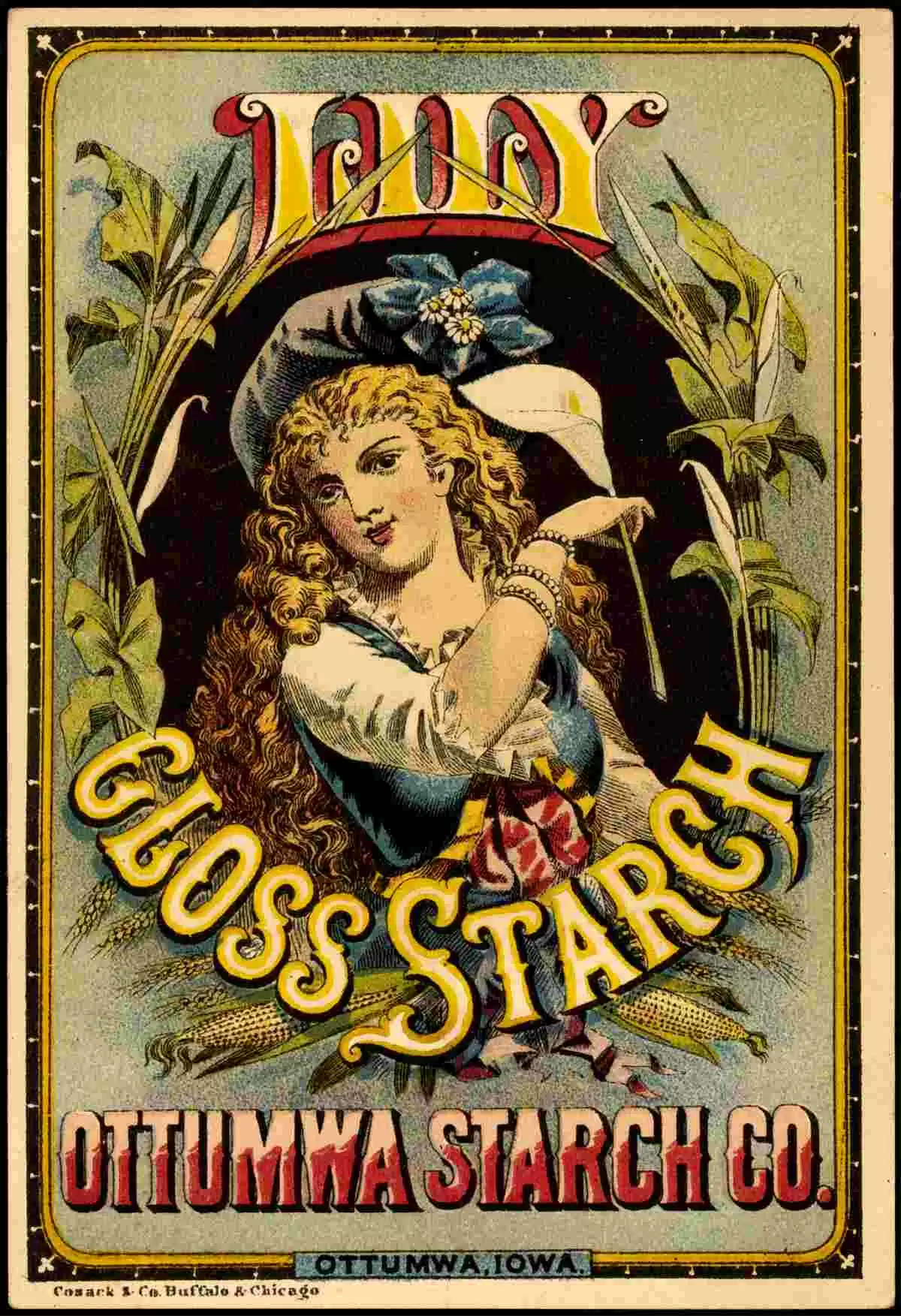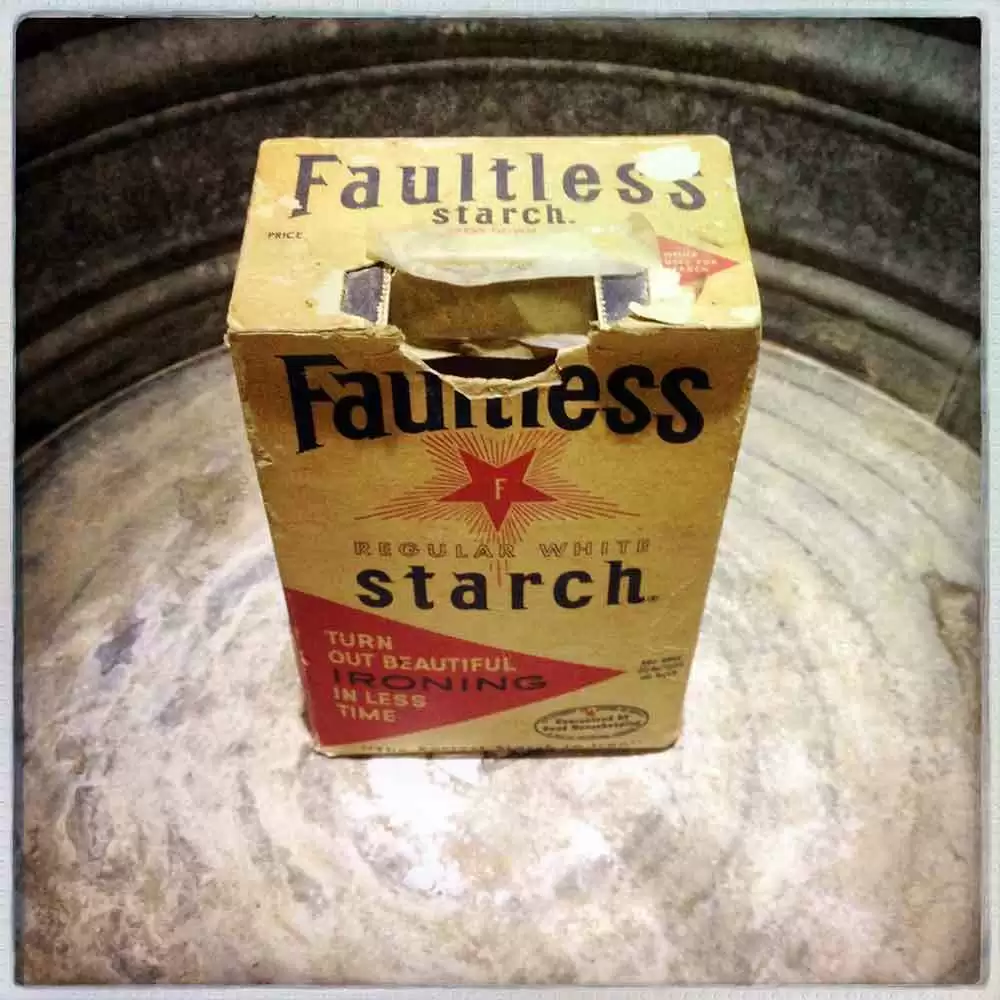
Celiac.com 09/10/2022 - Starch––the single word “starch” on a US or Canadian food label is considered the common or usual name for cornstarch. Starches from other sources must be labeled accordingly such as “potato starch”, “tapioca starch” or “wheat starch”. It is very difficult to completely remove all traces of protein during the manufacture of food-grade starch. Wheat starch contains varying amounts of gluten. Some European products labeled “gluten-free” are made from Codex Alimentarius quality wheat starch. North American celiac organizations do not recommend that celiacs consume wheat starch-based products.
Modified Food Starch
There are specific regulations for how food starches can be modified. However, there is no requirement for the identification of the name of the plant sources of the modified food starch on US or Canadian food labels. Corn, tapioca, potato, wheat or other starches can be used by the food industry. Corn is the most common source of North American modified food starch, with potato, tapioca or rice used occasionally. To be 100% certain, it is best to contact the company to determine the source of the modified food starch.
Dextrin
Celiac.com Sponsor (A12):
Dextrin is partially hydrolyzed starch by heat alone or by heating in the presence of food-grade acids and buffers. A variety of starches such as corn, milo, potato, arrowroot, rice, tapioca or wheat can be used. In North America, dextrin is almost always derived from corn or tapioca; however, contact the company to confirm the source of dextrin.
Maltodextrin
Corn, waxy maize, potato, rice or wheat can be used in the production of maltodextrin. North American maltodextrin is usually derived from corn or potato; however, wheat is often used in European products, and occasionally in some North American products. The US Code of Federal Regulations for maltodextrin (Sec. 184.1444) state it is derived from corn, potato or rice starch. The FDA also permits the use of other starches including wheat. If wheat is used, it must be labeled “wheat maltodextrin”.
Caramel Color
Caramel color is manufactured by heating carbohydrates, either alone, or in the presence of food-grade acids, alkalis and/or salts, and is produced from fructose, dextrose (glucose), invert sugar, sucrose and/or starch hydrolysates and fractions thereof. Although gluten-containing ingredients [malt syrup (barley) and starch hydrolysates] can be used in the production of caramel color, they are not used according to food processors in North America. Corn is used most often, as it produces a longer shelf life and a much better product.
*Note that food allergen labelling laws passed after this article was written require companies to disclose the top 8 food allergens in the ingredients, including wheat.









Recommended Comments
There are no comments to display.
Create an account or sign in to comment
You need to be a member in order to leave a comment
Create an account
Sign up for a new account in our community. It's easy!
Register a new accountSign in
Already have an account? Sign in here.
Sign In Now